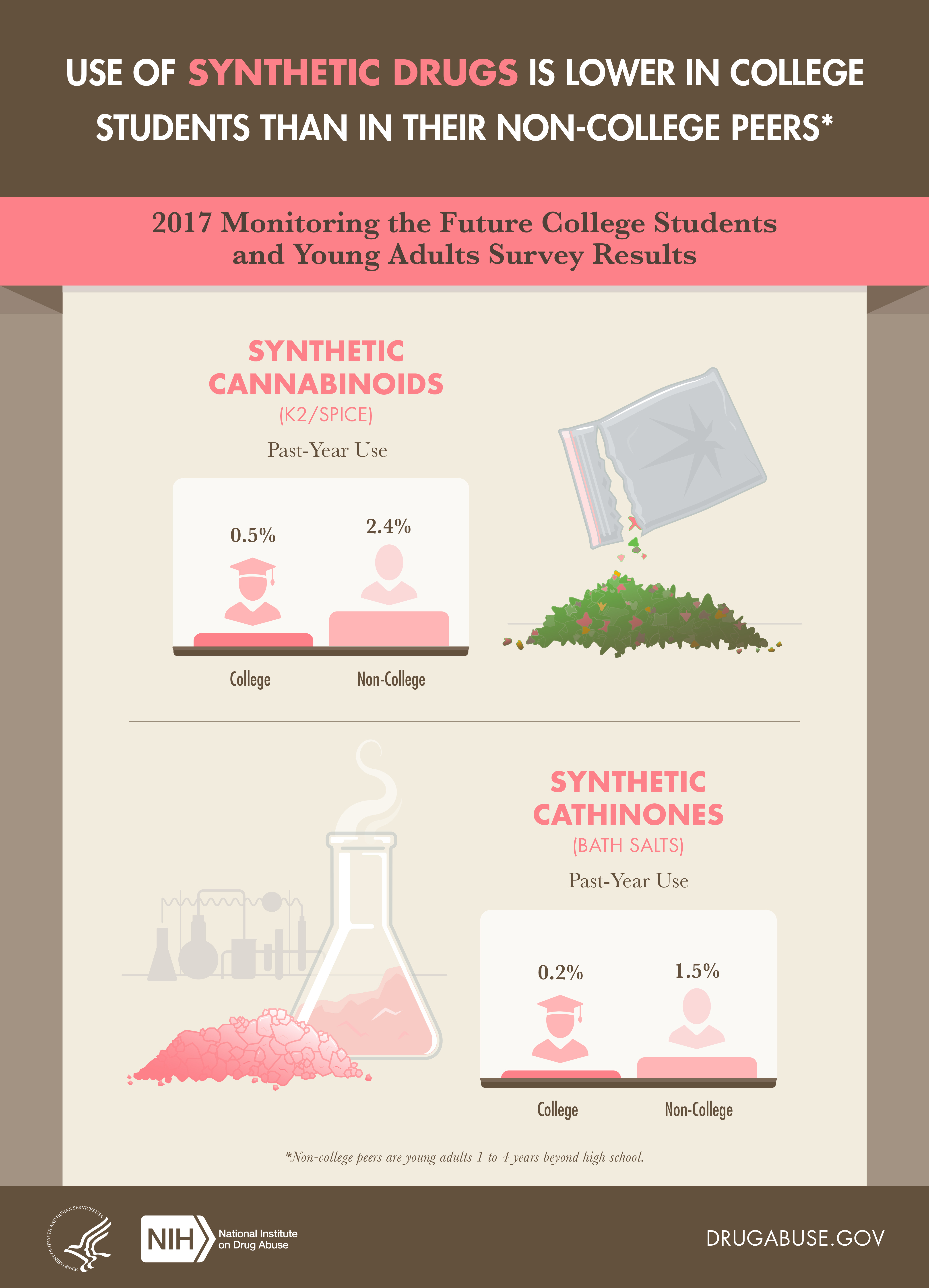Drug-Impaired Driving is driving under the influence of any prescription, over-the-counter or illegal drug (1).
The problem of driving under the influence of drugs:
- In 2016, drugs were present in 43.6% of fatally-injured drivers with a known test result, which was more than alcohol (2).
- Drug-impaired driving is complicated because of several factors:
- There are hundreds of different types of drugs.
- Users react differently to different drugs and can experience different effects of the same drug. This is also true of doses where the same dose may impact individuals differently.
- Drugs can stay in the system longer than alcohol, for example, traces of marijuana use can be detected in blood samples several weeks after heavy chronic users stop ingestion (1).
- 50.5% of drug-positive drivers were positive for two or more drugs (2).
- 40.7% of drug-positive drivers were also positive for alcohol (2).
Marijuana Impaired Driving:
- After alcohol, marijuana is the most commonly found drug in fatal crashes (2).
- Marijuana use is increasing and at the highest reported levels in 2020 and was reflected in increased use in young adults ages 18 and up (3).
- In 2020, more than one-third of young adults (34.5%) self-reported using marijuana and 1.1 million reported using it for the first time in the past year (4).
- In the most recent report, daily marijuana use for non-college young adults was 15%, up from 11.1% (5).
- Research has found a direct relationship between blood THC concentration and impaired driving ability wherein attention, tracking, and reaction time were affected in participants (6).
 Other Drugs – Prescription and Synthetic:
Other Drugs – Prescription and Synthetic:
- 1.6% of non-college students and 1.8% of college students reported using synthetic cannabinoids in the past year (7).
- An estimated 4.1% of all young adults across the nation reported misusing pain relievers in 2020 (which represents over 1.4 million individuals) (4).
- Over 1 in 4 young adults ages 18-25 were current illicit drug users in 2019 (7).
Perception vs. Reality
- Use can be influenced by what is perceived as ‘normal’ but research has shown that many students tend to overestimate what their peers are actually doing. In the most recent National College Health Assessment, 57% of participants self-reported never having used marijuana but believed over 88% of their peers used marijuana at least once (8).
Sources:
- GHSA, Drug Impaired Driving, A guide for states, 2017 [cited 2018 July 8]. Available at URL: https://www.ghsa.org/sites/default/files/2017-07/GHSA_DruggedDriving2017_FINAL_revised.pdf
- GHSA, Drug Impaired Driving, Marijuana and Opioids Raise Critical Issues for States. May 2018. Available at: https://www.ghsa.org/sites/default/files/2018-05/GHSA_DrugImpairedDriving_FINAL.pdf
- NIH, Marijuana use at historic high among college-aged adults in 2020. Available at: https://www.nih.gov/news-events/news-releases/marijuana-use-historic-high-among-college-aged-adults-2020
- SAMHSA, Key Substance Use and Mental Health Indicators in the United States: Results from the 2020 National Survey on Drug Use and Health. Available at: https://www.samhsa.gov/data/sites/default/files/reports/rpt35325/NSDUHFFRPDFWHTMLFiles2020/2020NSDUHFFR1PDFW102121.pdf
- NIH, Vaping & Cannabis Trends Among Young Adults (19-22). Available at: https://www.drugabuse.gov/drug-topics/trends-statistics/infographics/vaping-cannabis-trends-among-young-adults-19-22
- Desrosiers, N.A., J.G. Ramaekers, E. Chauchard, D.A. Gorelick, & M.A. Huestis, 2015. Smoked Cannabis’ Psychomotor and Neurocognitive Effects in Occasional and Frequent Smokers. Journal of Analytical Toxicology, 39, (4), Pages 251-261.
- Schulenberg, J. E., Patrick, M. E., Johnston, L. D.,O’Malley, P. M., Bachman, J. G., & Miech, R. A. (2021). Monitoring the Future national survey results on drug use, 1975–2020: Volume II, College students and adults ages 19–60. Ann Arbor: Institute for Social Research, The University of Michigan. Available at http://monitoringthefuture.org/pubs.html#monographs
- American College Health Association, Fall 2019. National College Health Assessment, Undergraduate Student Reference Group. Available at:
https://www.acha.org/documents/ncha/NCHA-II_Spring_2019_undergraduate_reference%20_group_executive_summary.pdf
Updated August 2023